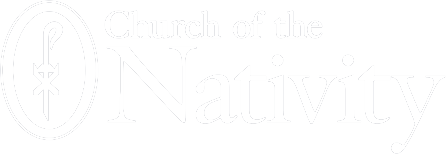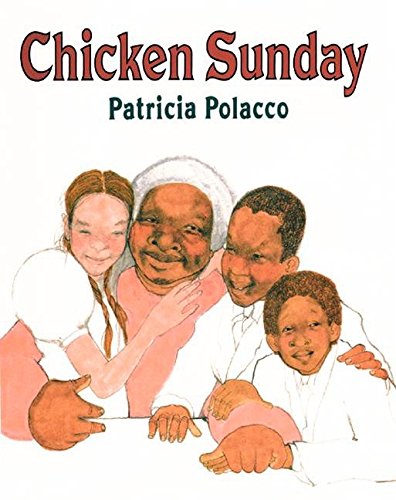by Sarvinder Naberhaus
review by Beth Crow
The month of July reminds us of our country’s birthday, marked with family picnics, fireworks, trips to some of our national landmarks and of course beautiful displays of our nation’s flag, Old Glory or as some may refer to it, the Star-Spangled Banner.
Through the full-page, magnificent illustrations and the rhythmic patterns of words, Blue Sky White Stars is the excellent picture book to engage young readers and their families as they travel across our country from East to West, from bright blue massive oceans to the breath-taking views of the grand canyon. As the threads of the flag have been woven together, imagines of the multitudes of diverse individuals as well as symbolic moments in our history flow between the colorful portrayals of our nations’ treasures.
Suggested Topic Questions
Take your child(ren) on a deeper journey exploring the richness and beauty of our nation. Ask your child(ren) to describe the environment of your community, of our state, with beach front and mountains on either side. Perhaps they may want to draw a picture.
Then discuss the different kinds of people who live in North Carolina, in the United States.
Go Deeper
Talk with you child(ren) about the history of our country and how so many different types of people came to the United States. This will require honest discussions about Native Americans, African Americans, Chinese, Japanese and Hispanics.
Faith Reflection.
Read the following scripture with your child(ren) 1 Corinthians 12:12-20
12 For just as the body is one and has many members, and all the members of the body, though many, are one body, so it is with Christ. 13 For in one Spirit we were all baptized into one body—Jews or Greeks, slaves or free—and all were made to drink of one Spirit.
14 For the body does not consist of one member but of many. 15 If the foot should say, “Because I am not a hand, I do not belong to the body,” that would not make it any less a part of the body. 16 And if the ear should say, “Because I am not an eye, I do not belong to the body,” that would not make it any less a part of the body. 17 If the whole body were an eye, where would be the sense of hearing? If the whole body were an ear, where would be the sense of smell? 18 But as it is, God arranged the members in the body, each one of them, as he chose. 19 If all were a single member, where would the body be? 20 As it is, there are many parts, yet one body.
Ask them what they believe God is telling us in this scripture.
Additional notes about author
As Naberhaus has said, “I hope this work will always remind us that our ever-evolving country was forged by — and for — people from all walks of life and every background, and that our future as a nation hinges on Abraham Lincoln’s enduring admonition that ‘a house divided against itself cannot stand.’” [https://www.hbook.com/story/blue-sky-white-stars]


